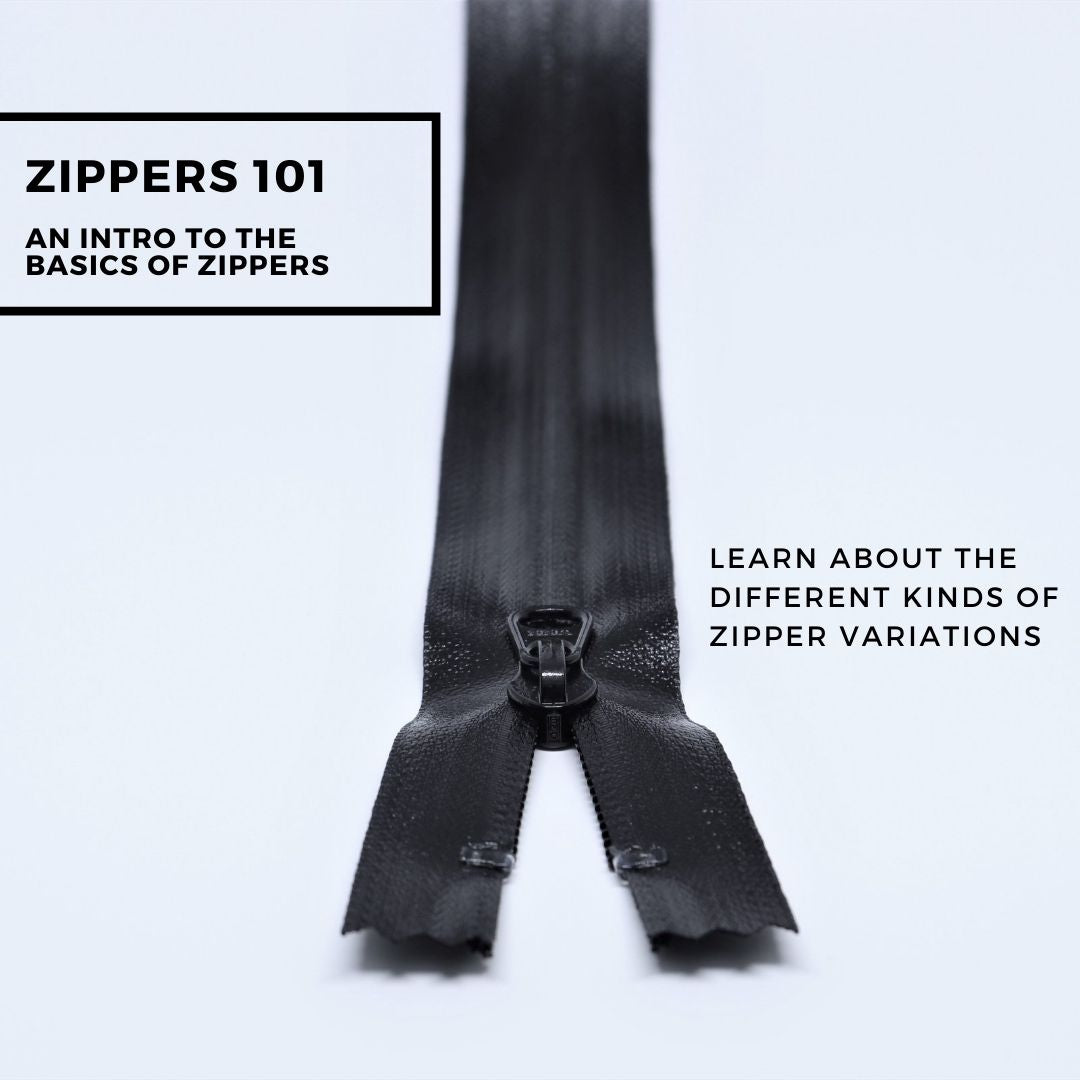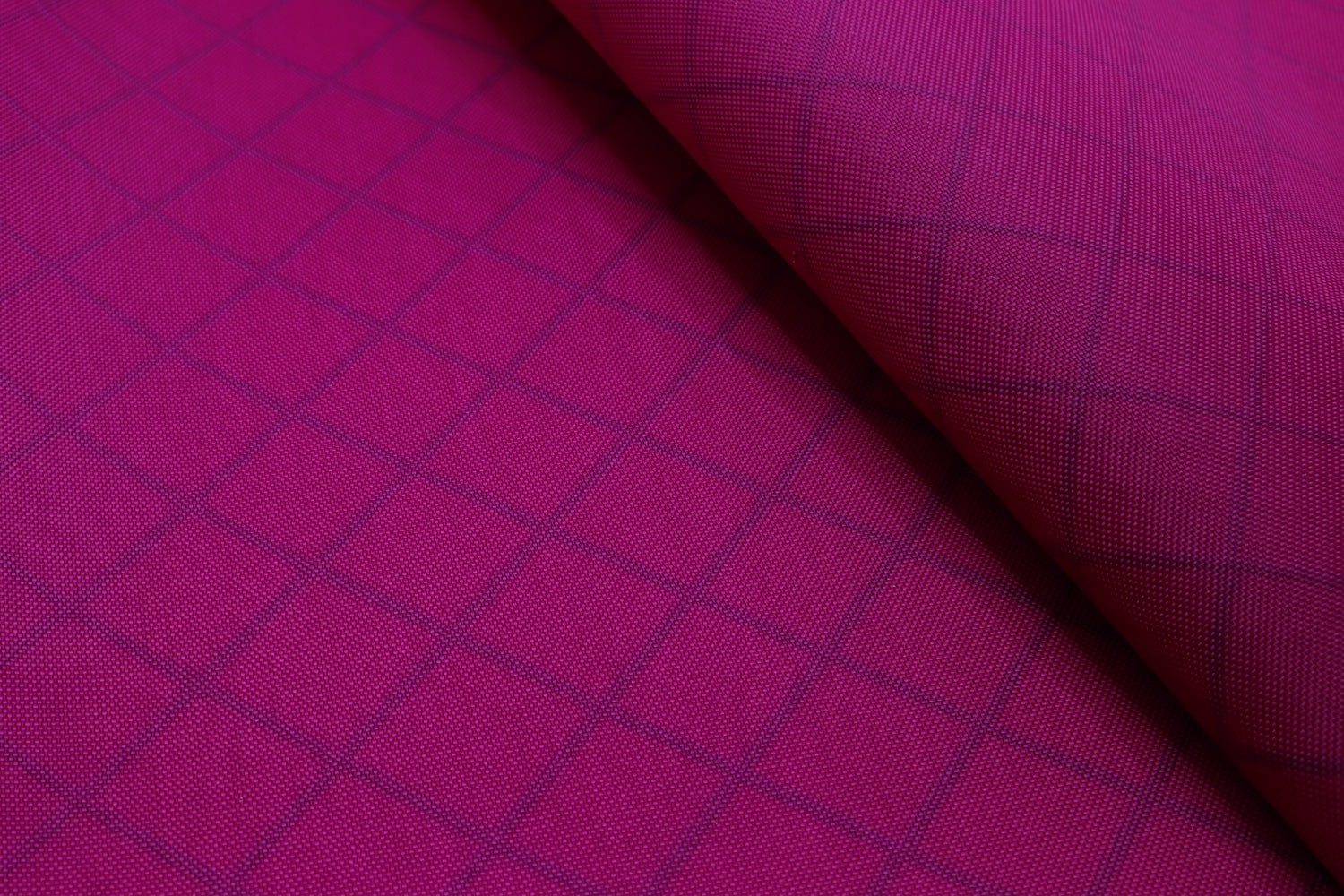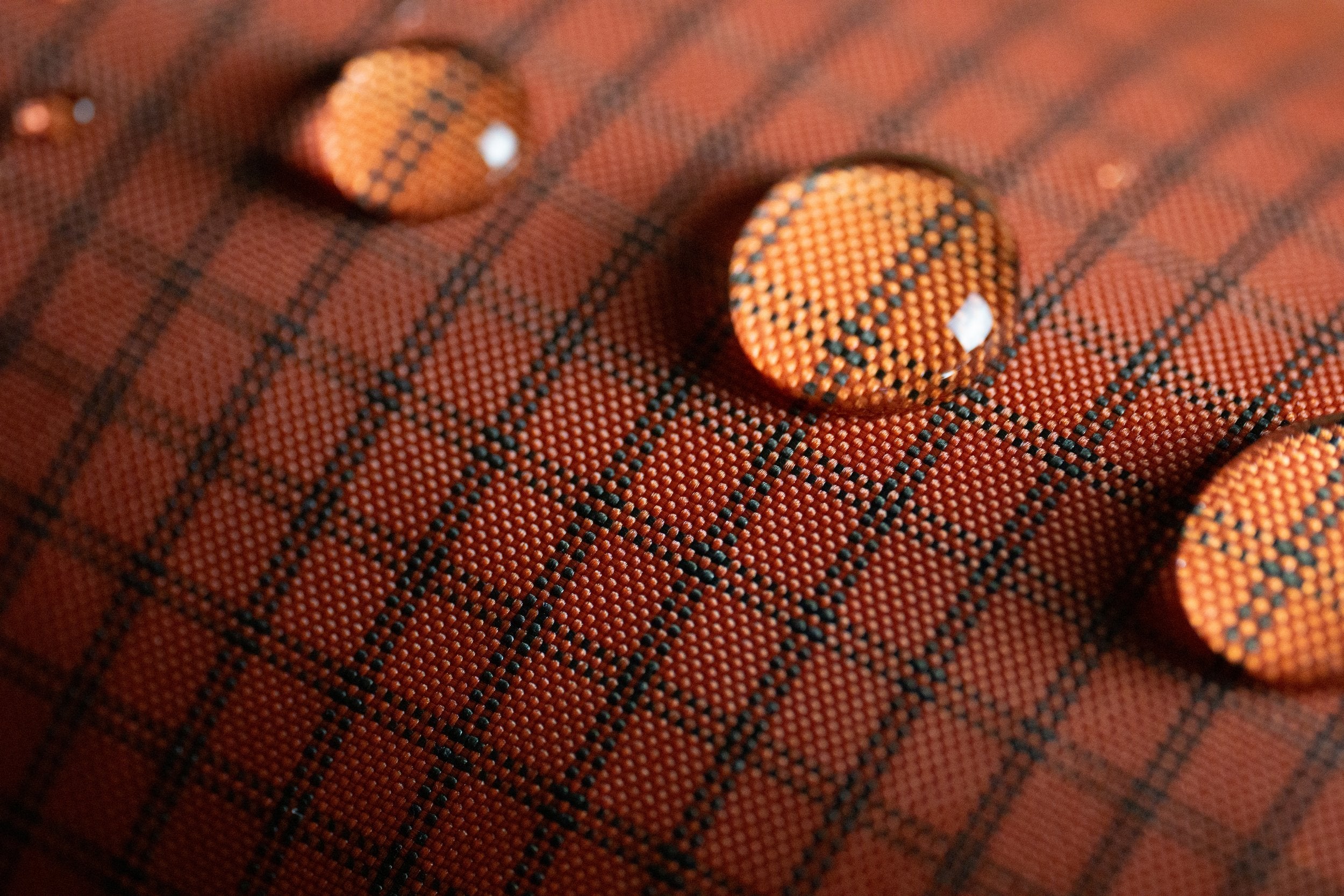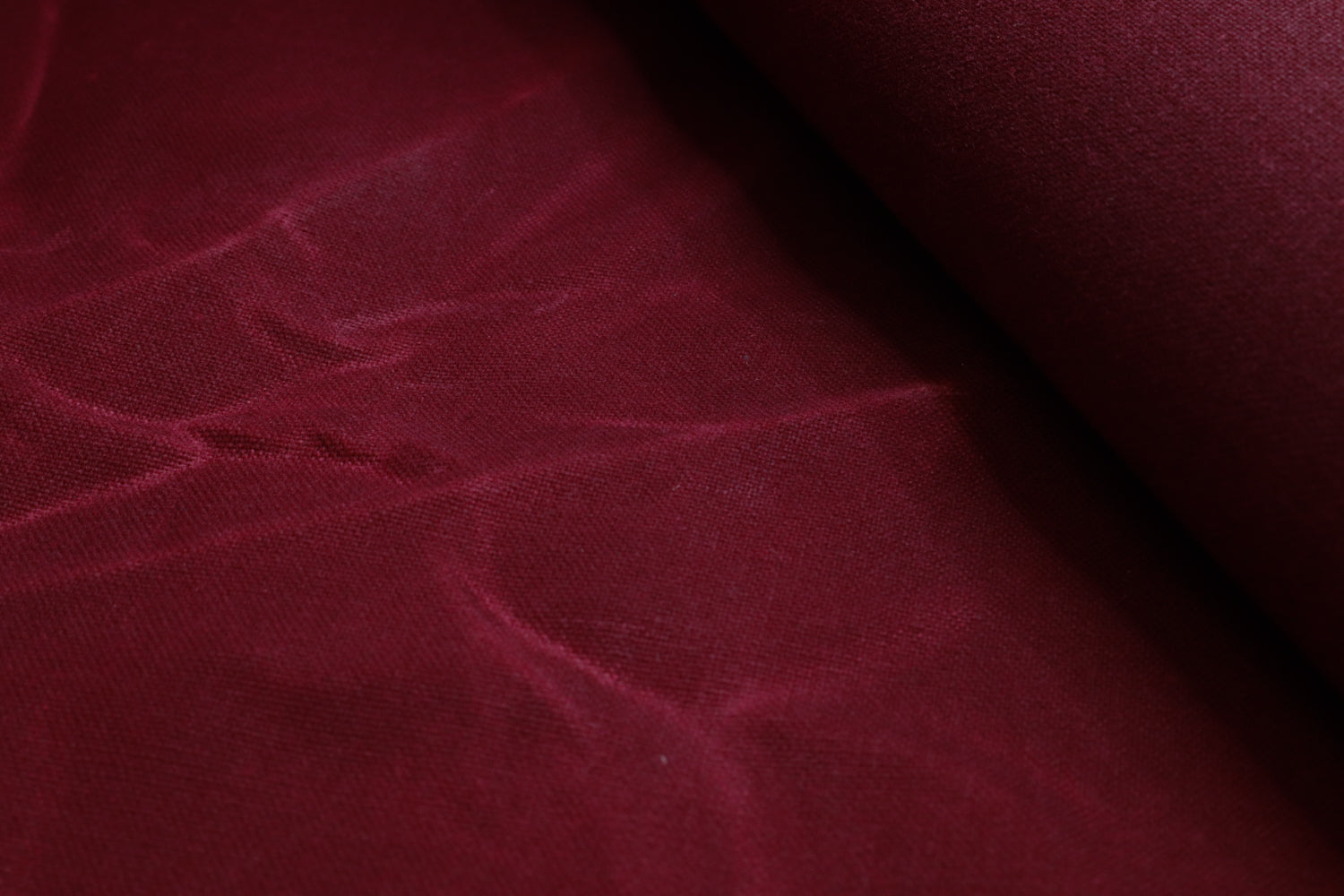Zippers 101 - An Intro to Zippers


A Guide to Zippers for Outdoor Use
When it comes to making your own outdoor gear, whether it be a coat, a rain jacket, or a bag, you’ll need the right zipper to get the job done. You don’t want to worry that the zipper you choose won’t hold up to all of your adventures!
Thankfully, there are a lot of options out there for durable zippers made to withstand heavy use and variable weather conditions. Today we’re bringing you a detailed guide to zippers for outdoor use to make choosing the zipper for your next project easy!
What are waterproof zippers?
When you’re making outdoor gear, you’ll need to use materials that aren’t going to let the rain in! That’s where waterproof and water-resistant zippers come in.
Waterproof zippers vs. water-resistant zippers
There are two main types of zippers meant to protect against water: waterproof zippers and water-resistant zippers. While those may sound like the same thing, they’re actually quite different.
Water-resistant zippers are treated with a water-repellent coating that changes the surface tension of the zipper. This treatment causes water to bead on the tape rather than soak through it. YKK offers a water-resistant zipper called the AquaGuard® zipper that layers another level of water-resistance on top of the standard treatment – one side of the zipper is treated with the typical water repellent while the other side is coated with a polyurethane film to further repel water.

Waterproof zippers, on the other hand, are fully sealed against water and air. No water will be able to penetrate a waterproof zipper. To be waterproofed, these zippers utilize a seal that makes it fully watertight.
What are waterproof zippers (and water-resistant zippers) used for
While the goals of waterproof zippers and water-resistant zippers are similar – keeping water out – they are used for different applications.
Waterproof zippers are typically utilized for items that will be fully submerged in water. Examples include wet-suits, fishing waders, and dry bags.
Water-resistant zippers are more often used when keeping out weather and rain are the primary concerns. This type of zipper is common in coats, rain jackets, backpacks, and more.
Zipper sizing
If you’ve ever shopped for zippers, you’ve probably come across zipper sizing. The size of a zipper is usually indicated by a single number; for example, #3 or #5. This number corresponds to the width of the zipper teeth in millimeters. So, a #5 zipper has teeth that are 5mm across.
If you need to find out what size an existing zipper is so that you can replace it, check the back of the zipper pull – the size is usually stamped there.
Types of zipper teeth
There are three different types of zipper teeth to choose between when looking for the right zipper for your project: coil, molded plastic (VISLON®), and metal.
Coil zipper teeth
Coil zipper teeth are made from plastic and have the appearance of thin coils. The coil zipper teeth are sewn onto the zipper tape with sturdy thread. Coil zippers are the most flexible type and are resistant to pulling apart. However, the thin teeth can be prone to getting bent or damaged. Coil zippers are best for curved applications because of their flexibility.

Molded zipper teeth
Molded plastic zipper teeth, also known as VISLON® (YKK’s brand), are wide plastic teeth that are molded onto the tape rather than sewn on. Molded zipper teeth are stronger and less prone to damage than coil zipper teeth. However, they aren’t as flexible as coil teeth. Because of this, molded tooth zippers are best for garments that need a durable, long-lasting zipper.
Metal zipper teeth
Metal zipper teeth are a bit less common for outdoor applications and water-resistant versions aren’t available. However, metal tooth zippers are strong and durable – they are often used on casual jackets, jeans, and other hard-wearing garments that don’t need water-resistance.
Zipper slider types
When it comes to zipper sliders, there are even more choices to be made! There are two primary considerations when selecting a zipper slider:
- Do you want a locking or non-locking zipper slider?
- Do you want a standard or reverse zipper slider?

Locking zipper sliders vs. non-locking zipper sliders
Locking zipper sliders have a tiny pin inside of them that inserts itself between the teeth of the zipper, preventing the slider from moving up and down unless the tab is pulled. This means that once you stop moving the slider, it will stay there unless you pull on the slider tab again. This is great for garments, since you will be moving around in your clothing, which might put pressure on the zipper teeth – and you certainly don’t want your clothes to come unexpectedly unzipped!
Non-locking zipper sliders do not have this pin mechanism to keep them in place. This means that when using a non-locking slider, any slight pulling apart of the zipper teeth will cause the slider to move down the zipper. This type of slider works best for bags, tents, and other items that won’t experience pulling on the zipper teeth while in use.
Reverse zipper sliders vs. standard zipper sliders
A standard zipper slider is probably what you think of when you imagine a zipper. This type of slider is mounted on the tooth-side of the zipper, meaning the zipper teeth will be visible from the outside of the garment or bag that it is sewn into.
Reverse zipper sliders are attached to the back, or the non-toothed side, of the zipper. With a reverse slider, the zipper teeth will be to the inside and not visible from the outside of the garment or bag. This type of slider is often preferable with water-resistant zippers since it adds another layer of protection against water getting in.



Leave a comment